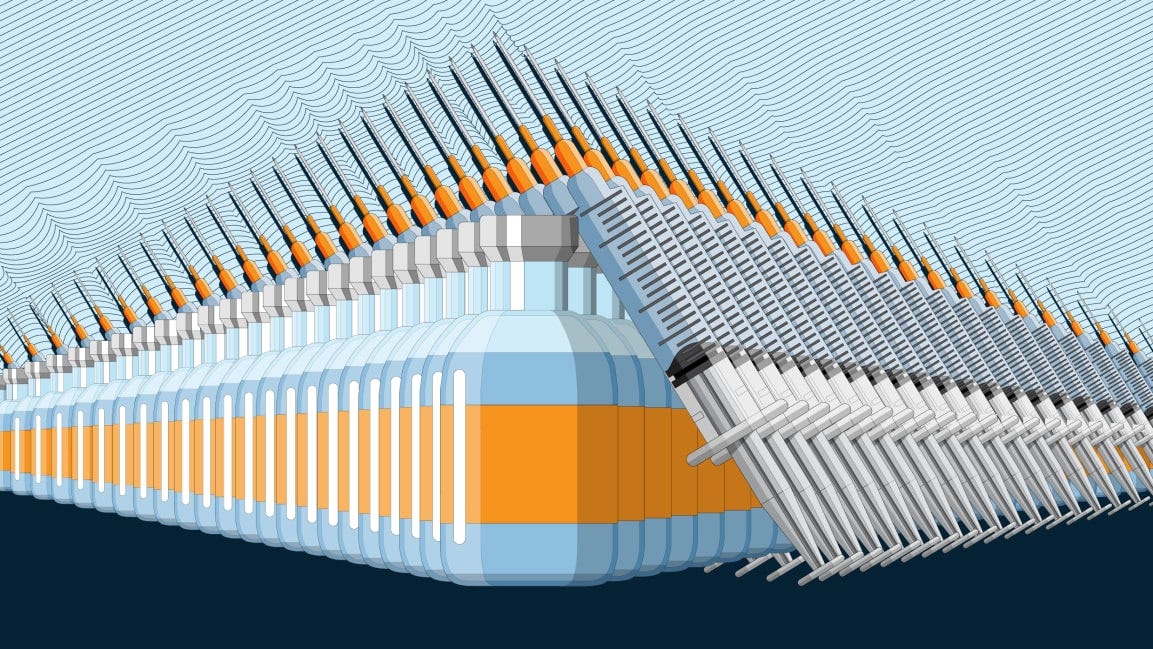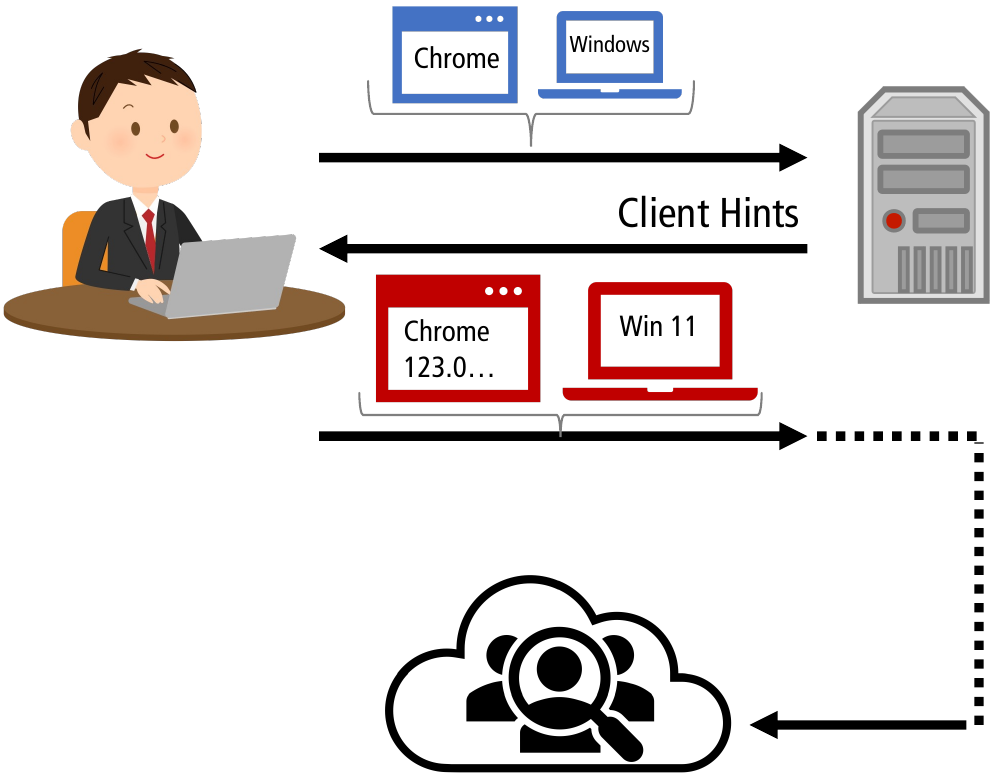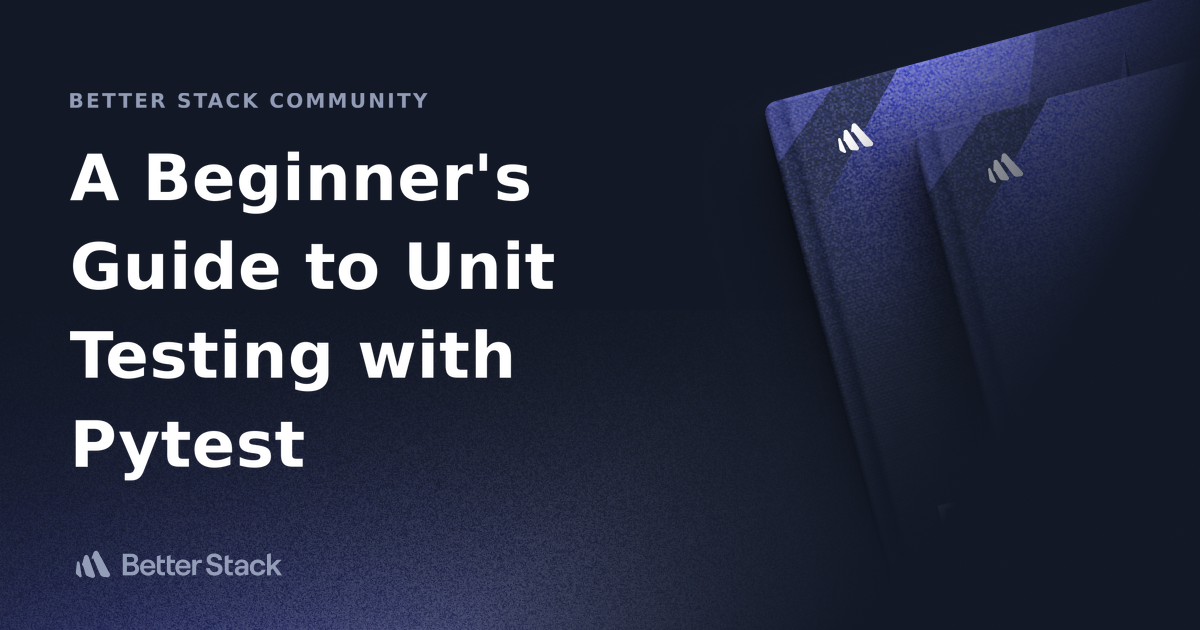
Machine Learning Control and HIL Testing with Collimator and JAX
In this blog post we present a four-part video series hosted by Jared, an engineer on the Collimator team, who guides viewers through advanced techniques for controlling the Quanser Qube rotary pendulum using the Collimator platform. Each part of the series focuses on different aspects of controller design, from basic linear control strategies to sophisticated machine learning-based approaches, showcasing the versatility and power of the Collimator software for modeling, simulation, and control design. The neural network controller in particular illustrates how easy it is to develop and test modern AI-based systems in Collimator, a process that is typically complicated and time consuming, even for experts.
Jared introduces the Quanser Qube rotary pendulum, discussing its mechanical setup and the theoretical underpinnings necessary for control, such as the equations of motion. He demonstrates how to use the Collimator app to interact with both the hardware and an idealized model of the system, highlighting the platform's ease of integrating hardware and software to streamline the simulation process.
The second video dives into linear control strategies, specifically the design and implementation of a Linear Quadratic Regulator (LQR) for disturbance rejection. Jared uses Collimator's Python API and integration with external libraries, like Python Control Systems Library, to enhance the control design process. This part emphasizes the practical application of theory to hardware and the benefits of graphical block diagram construction within Collimator.
























